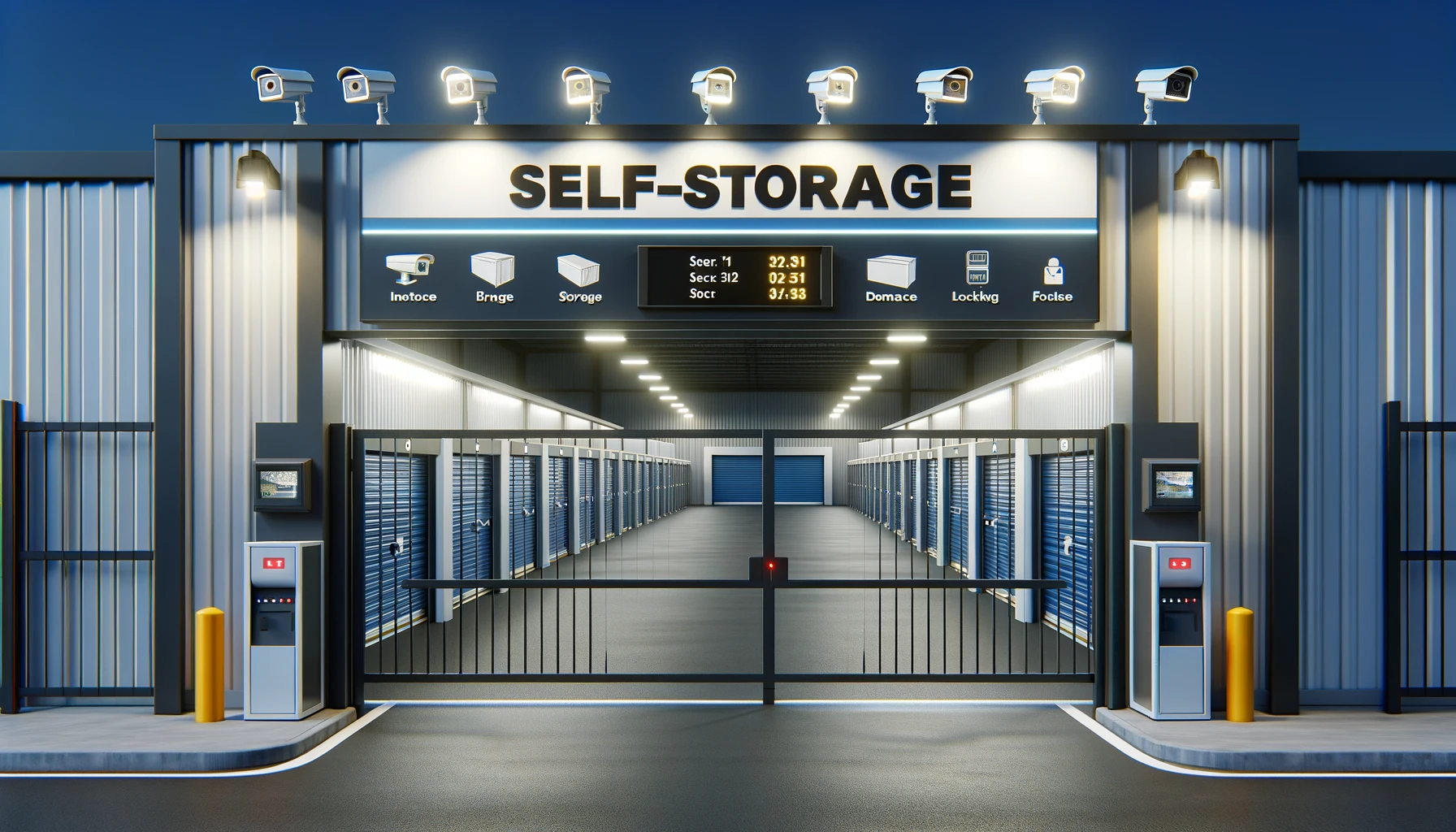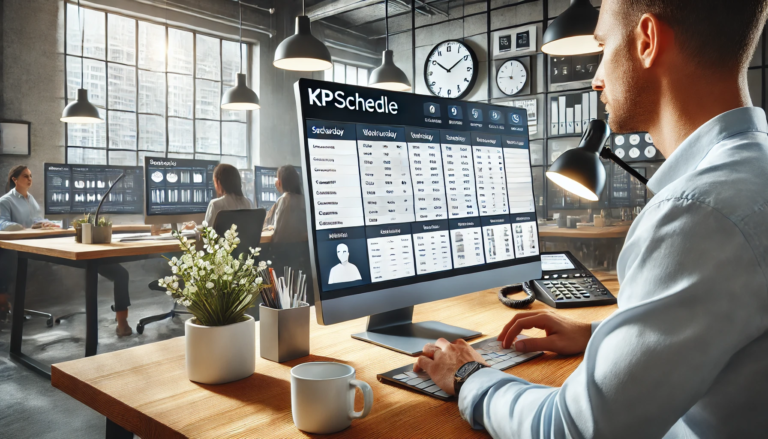Self-Storage Security: What to Look For in a Safe Facility
When storing your belongings in a self-storage unit, safety should be your top priority. Choosing a secure facility with robust security features helps protect your items from theft, damage or other loss. This guide covers key factors to assess when evaluating security at storage facilities.
Key Takeaways on Self-Storage Security
- Look for gated properties with controlled 24/7 access, security cameras, and perimeter fencing or walls.
- Search for AA+ rated facilities that meet strict security standards set by the Self Storage Association.
- Make sure unit doors are high-quality with no gaps and units are compartmentalized to prevent access between them.
- Avoid street-level units more susceptible to break-ins. Choose indoor units or outdoor units not visible from public roads if possible.
- Check for security patrols, motion sensor lighting, tamper alarms on units, and secured locks provided for tenants.
- Inquire about fire safety via sprinklers, smoke detectors, fire extinguishers, and fire inspections.
- Ask if the facility offers storage insurance or makes it available through a third party.
- Read the rental contract carefully to understand security liability and procedures.
Assess Physical Security of the Property
The first step in evaluating a storage facility is assessing the physical security measures in place on the premises to control access.
Controlled Gate & Perimeter Access
At a minimum, look for:
- Staffed or electronically controlled gated entry to verify customer access during business hours. Gates should close and lock securely after hours.
- A perimeter fence or wall surrounding the entire facility, with locked access outside of the gated entry areas. Higher fences with barbed wire provide more security.
- Security cameras monitoring driveways, doors, and other key areas 24/7. Look for cameras with adequate night vision range.
- Clearly posted signs at the entrance stating restricted access to discourage trespassers.
Together these measures make it much harder for unauthorized individuals to enter and move around the facility.
Indoor vs Outdoor Units
Indoor climate controlled units offer more security than outdoor units:
- Outdoor drive-up units are convenient, but provide easier access for criminals prowling the grounds or using bolt cutters.
- Indoor hallway units accessed through interior doors offer higher security, especially when hallway cameras are present. Fewer public sight lines.
- Multi-story indoor facilities provide even more security, as upper floor units are more difficult to access illegally.
Outdoor units are not necessarily unsafe if other strong security precautions are taken. Understand the trade-offs.
Unit Construction
Inspect unit doors and boundaries closely:
- Sturdy hollow metal doors are best. Avoid lightweight rolling doors easily compromised. Check for tight panel fits with no gaps along edges.
- Partitions between units should reach from floor to ceiling with no cutouts to prevent access between units. Partitions often use sheet metal or chain link fencing material.
- Upper floor units with solid decking floors prevent access from below. Mesh floors are more susceptible to intruders cutting through from units underneath.
- Outdoor units should have permanent front walls that attach firmly to side partitions, not removable fronts that can be detached more easily.
High quality unit construction and minimal access points increase safety.
Unit Size and Location
Larger units located strategically on site are best:
- Avoid street-level units readily visible from nearby roads – thieves can force open doors quickly out of public view.
- Upper floor and interior hallway units have far less street visibility and pedestrian traffic.
- For outdoor units, choose locations closer to facility offices and access gates wherever possible. Further from public boundaries is better.
- Larger 10 x 20 or 10 x 30 units positioned in corners provide more protection than 5 x 5 units in exposed rows.
Think carefully before taking an easy-access street level unit. The small added convenience comes with greater risk.
Verify Security Protocols & Protections
In addition to physical site properties, the right security procedures and protections should be in place:
Video Surveillance
- Video cameras should cover entry and exit driveways, elevator lobbies, loading areas, hallways and other common areas.
- Footage should be monitored locally and recorded digitally offsite for at least 30 days in case of incidents.
- Ask if the facility allows customers to opt-in for drive-up monitoring of their own unit at added cost. This may require wiring.
- Low-light, motion activated and high resolution cameras provide the best video surveillance.
Access Management
- Tenants should receive unique codes, key fobs or access cards to enter pedestrian gates and access unit buildings.
- Entry credentials should be deactivated promptly when tenants vacate units to prevent unauthorized access.
- Staff should proactively monitor for unlocked units or jammed open gates and doors.
- Secondary entrances like fire exits should remain alarmed and closed when not in use.
Intrusion Detection
- Motion detectors with audible alarms deter unauthorized access inside units.
- Seismic vibration sensors can trigger alerts if someone attempts to cut through walls.
- Magnetic door sensors will notify management if a unit door is opened without using proper tenant credentials.
Fire Safety
- Working smoke detectors should be present in interior unit corridors or spaces.
- Fire extinguishers must be strategically located on property with current inspection tags.
- Sprinkler systems boost safety in case of fire emergencies. Newer facilities are now required to install them.
- Fire inspections should be performed annually by certified inspectors to earn an occupancy permit.
Security Patrols
- Roving security guards who monitor the grounds and access points provide an added layer of protection against intruders.
- Extra security staffing should be scheduled during evenings and weekends when facilities are unattended.
- Night patrols ensure outdoor lighting, alarms and cameras remain functional.
Understand Insurance and Liability
Two important considerations are insurance protections and the facility’s security liability if incidents occur.
Insurance Offerings
- Ask if the facility provides renters insurance or partners with third-party insurers to offer policies to tenants.
- Required minimum coverage amounts may apply – common amounts are $5000 or $10,000. Higher coverage limits may be purchasable.
- Review policy terms to understand what types of losses are covered by the facility’s insurance or recommended third-party policies.
Rental Contract Terms
Carefully read all liability and security sections of the rental contract before signing. Understand:
- What constitutes a security breach of contract by the facility based on advertised protections not provided.
- When the facility accepts liability for safety incidents like fire or theft versus when they are not financially responsible.
- What claims process applies and what documentation is required from tenants to file a claim.
Do not assume you are covered for losses without reading the fine print first. Get clarification from staff on any areas of uncertainty.
Assess Additional Safety Measures
Some other helpful indicators of security consciousness include:
- Safety tips posted in facility offices inform tenants on best practices.
- Offering security checklists for guidance during unit visits reinforces vigilance.
- Customer safety pledges demonstrate the facility’s commitment to protection.
- Updated security protocols show investment in improving safety standards over time.
- Long-time ownership and staff with deep experience managing the facility day-to-day.
Consider the culture and attitude around security, not just the physical deterrents.
Drive-Up Unattended Facilities
A growing self-storage trend is automated, drive-up “contactless” rental facilities with 24/7 tenant access and no on-site staff. These require smart design to remain secure:
- Video analytics like license plate recognition linked to access gates to log all vehicles entering.
- Robust perimeter fencing and access gates to control entry completely. Limit access points.
- Remote security officers monitoring feeds and alarms to dispatch guards promptly as needed.
- Secure payment kiosks for rentals, with staff remotely available for assistance. Requires credit cards.
- Use of smartlocks with GPS tracking or RFID unit access doors.
- Units located indoors or with no public street visibility preferred.
Unattended facilities can offer good security with thoughtful planning and technology. But visible on-site staff does provide more direct deterrence.
Top-Rated Secure Facilities in My Area
In my local area, some top-rated secure facilities to consider include:
- Santa Rosa Stor-All – This facility has large indoor climate controlled units accessed via interior hallways under camera surveillance. Perimeter chain link fencing with barbed wire fully surrounds the property. They also offer tenant insurance options.
- SafeGuard Self Storage – This AA+ rated facility has smaller outdoor drive-up units but 24/7 security guards monitoring the gated property. Strong motion lighting, perimeter walls and video surveillance provide multiple protections.
- SecurCare Storage – This multi-story indoor facility has over 200 cameras, electronic entry access control, and seismic sensors to detect intrusions. Upper floor units provide excellent security.
Always visit in person and check ratings to verify a facility right for your needs has the security you require.






